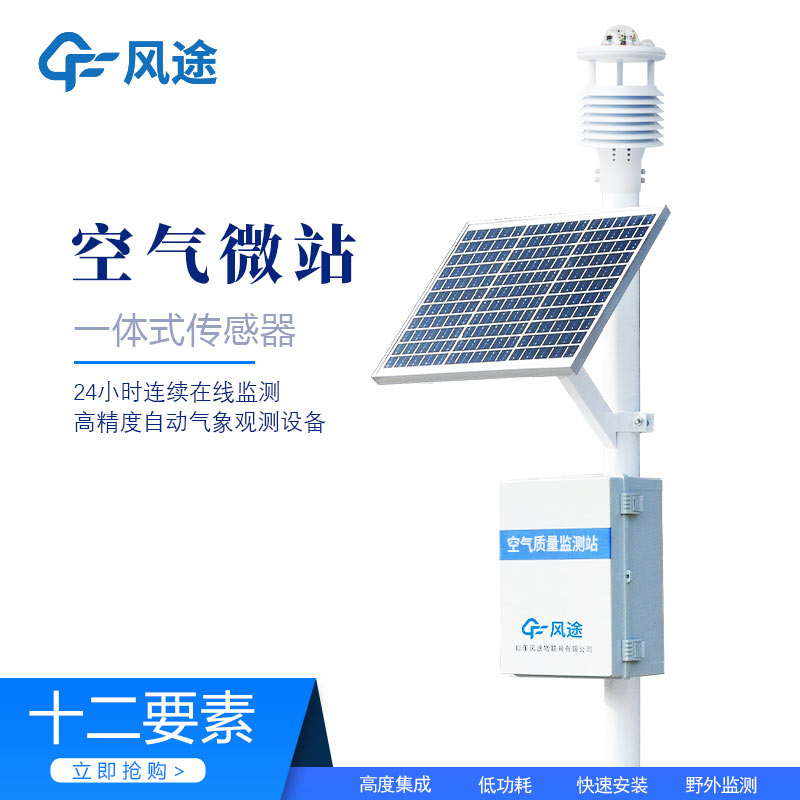Meteorological environment monitoring equipment supplier
Insist on doing high-precision customer favorite technology products
PM2.5, or tiny particles less than 2.5 micrometres in diameter, they are known in the atmosphere as fine particulate matter or deep inhalation lung particulate matter. These particles are a particularly critical part of environmental pollutants. PM2.5 are able to carry more harmful chemicals due to their tiny size and have a longer suspension time and longer transport capacity in the atmosphere than larger particles. Their potential threat to human health and the atmospheric environment is great. Therefore, careful research and monitoring of PM2.5 is extremely important for real-time understanding of environmental conditions, improving air quality and safeguarding human health. Through these studies, we can more effectively formulate and implement environmental protection measures to reduce PM2.5 emissions, thereby protecting our environment and health.
Airborne Particulate Matter Detector - A dust detector is a device used to monitor dust particles suspended in the air, which can help to know the concentration of dust in real time. These devices are usually portable and easy to use, capable of recording data and sounding an alarm when the concentration of dust exceeds safety standards. Dust detectors are widely used in construction sites, mining areas, farmland and other dust-generating places, and play an important role in controlling dust pollution and improving air quality.
Dust detectors are an important tool for construction site managers to monitor the concentration of dust particles in the air in real time. Not only does this equipment help ensure compliance with environmental regulations and reduce the risk of fines or work stoppages due to dust pollution, but it is also vital for protecting workers' health and preventing respiratory diseases. With the data collected by the dust detector, managers can assess the effectiveness of dust control measures, such as watering, covering with dust nets or using wet work, and thus optimise dust control strategies.
